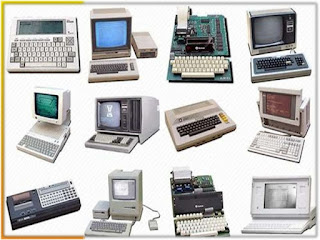
Father of Computers.
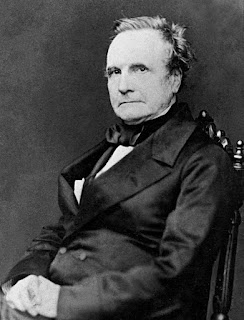
Since then computers went on developing and we can classify this developing stages as generations. Till date there are four generations of computer known to man kind and we expect to see the fifth generation very soon.
Generations of Computer.

Then in 1943, a computer named Colossus was built for the use of military.
The first digital computer for general purpose use was made in the year 1946 and was known as Electronic Numerical Integrator and Computer or ENIAC. It was a huge monstrous computer which had a very high consumption of electricity.
It had 18000 vacuum tubes which were used for processing and ENIAC weighed nearly 30 Tons.
Thus the first generation of computers can be mapped between years 1937 to 1946. It used vacuum tubes and consumed high amount of electricity.
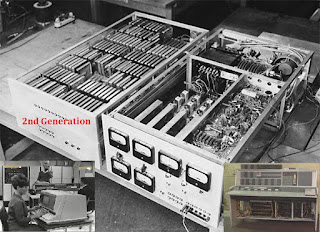
In 1953, International Business Machine or whom we better know as IBM, came out with their computers IBM 600 series and IBM 700 series. Since then IBM kept on developing computers and went on coming out with new upgraded versions and models like IBM 7094 series, IBM 1400 series (in which IBM 1401 was very popular), and the CDC 164 series.
The second generation also saw development of many programming languages, operating systems, memory, tape drives, disk drives and printers. Thus the second generation lasted from 1947 to 1960 and major development in the fields of computers was observed during this period.
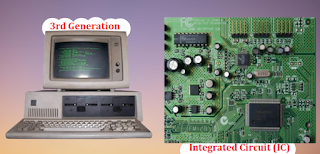
IBM used this technology and developed computers like IBM 370, UNIVAC 1108 and many more. Thus the third generation saw more powerful yet smaller and less costlier computer devices and lasted from 1961 to 1970.

In 1980, MS-DOS or Disk Operating System was developed and made by Microsoft and in 1981 IBM gave us our personal computer which in short we call PC.
In 1984, Apple came up with Macintosh with it's GUI or Graphical User Interface which had icons and then finally, in the 90's first WINDOWS Operating system was developed and introduced by Microsoft.
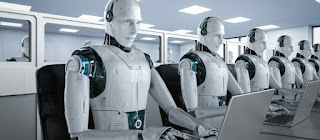
We will also get human like machines whom we call ROBOTS. They will be a part of our daily living and we will learn to live with them, take help from robots and even raise a family with them.
Previous Topic: Basics of Computers ...................................... Next Topic: Stay Tuned & Subscribe.








0 Comments